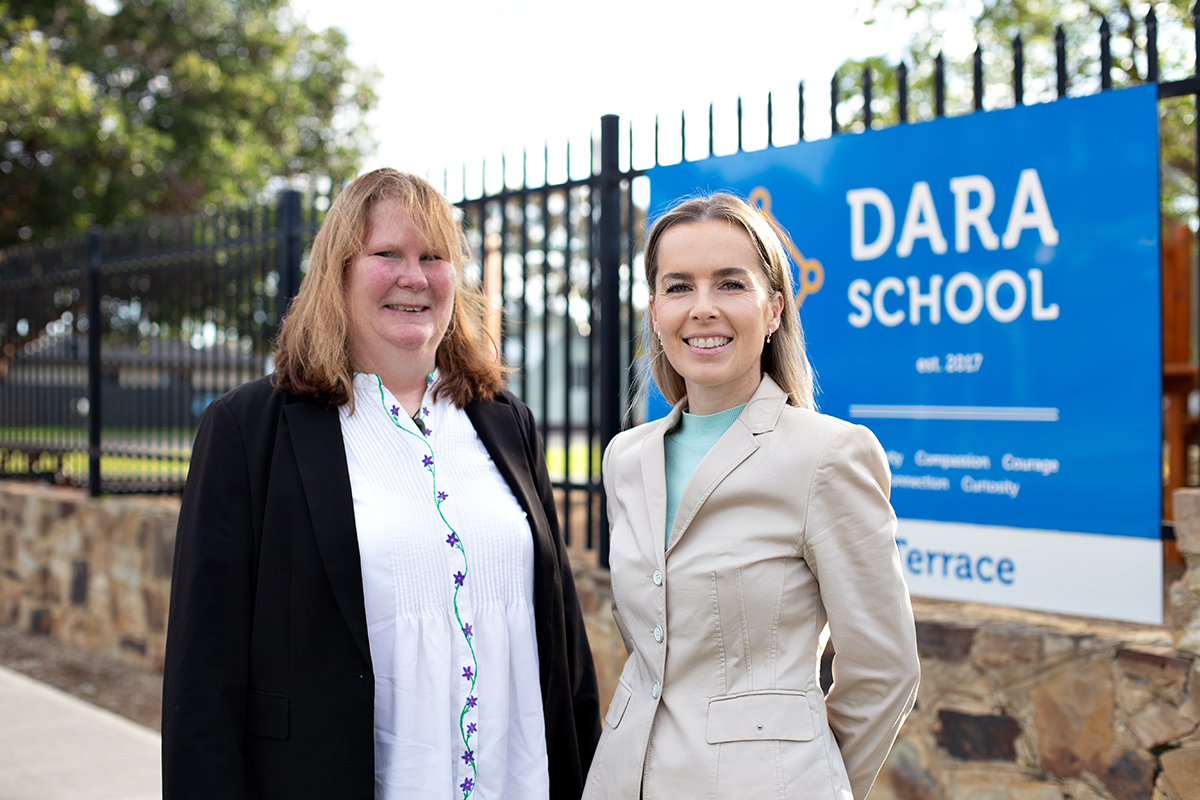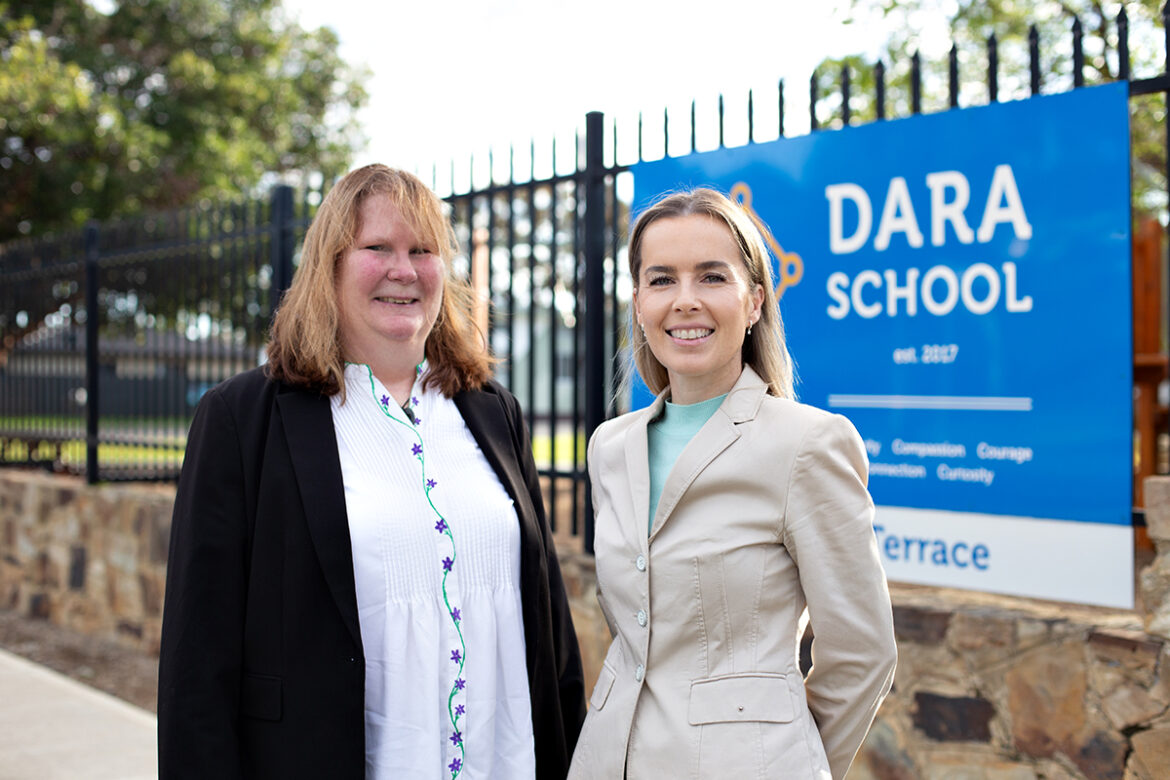
For many school principals, it can be lonely at the top.
The mounting toll of responsibilities beyond instructional leadership – from compliance and reporting to managing complex mental health challenges among students and staff – often means that few of their peers truly understand their day-to-day challenges.
However, a growing body of research has highlighted some innovative, and more importantly successful, solutions that have been shown to alleviate the immense pressures that Australia’s school leaders are under.
One promising pathway that has become more common in recent years is co-principalship.
A 2024 review of global studies found that when two leaders share the role — supported by organisational backing, complementary skills and, above all, mutual trust — workloads ease, work-life balance improves and responsibility feels less isolating.
For Australia’s overstretched school leaders, this approach offers not only relief, but also the possibility of more effective and sustainable schools.
At Dara School, a progressive educational community in Morphettville, South Australia, this practice is alive and well – and showing some truly heartening results.
Since its establishment in 2017, Dara has grown from a small cohort housed at Ascot Park Primary to a R–12 school with its own school building, including a new high school extension at the Gordon Terrace site in Morphettville. Families from interstate and internationally have relocated to Adelaide so their children can attend Dara, which ranked first among South Australian primary schools for Year 5 average NAPLAN results last year.
Two leaders, one vision for gifted education
Never afraid to blaze a trail in education the school will implement a co-principal model from Term 4 this year when Tania Allen and Dr Emma Goodall will take up the joint role following a nationwide search.
Allen, who has been a teacher with Dara since its inception and has been serving as Interim Principal for most of this year, is deeply respected within the community, bringing leadership experience and nuanced knowledge of Dara’s specialised educational context. Dr Goodall is a nationally recognised leader in inclusive and gifted education, bringing extensive experience in teaching, research and system leadership.
When asked what drove the school’s decision to adopt the co-principal model, Allen said it stemmed from both research and lived experience.
“My lived experience in gifted education has highlighted the importance of a consultative, collaborative and dynamic approach, set against the backdrop of evidence-based practices,” Allen told The Educator.
“With this in mind, structuring a leadership team as a co-principalship has been a natural step forward in Dara’s journey.”
Allen added that Dara is always reflecting on its practice and looking for ways to better support gifted learners
“As part of our reflective processes, including exploring the research underpinning the co-principalship model and speaking with co-principals, it became evident that the timing was right to embark on this opportunity as the next step in Dara’s journey.”
Shared leadership can spark debate, with critics warning of blurred authority and clashing visions, such as the classic “two lions, one mountain” dilemma. However, Allen and Goodall point out that when structured with clear roles, mutual respect and evidence-based practice, co-principalship can shift from potential pitfall to powerful model of collaboration and innovation.
“Tania and I met a number of times to ensure that we are not just able to, but actively want to work together in shared leadership,” Goodall told The Educator.
“What we discovered is shared values that align with Dara’s values of being compassionate, courageous, creative, curious, and connected.”
Through these discussions, Allen and Goodall worked through the role to look at how they could live these values collaboratively to serve the school.
“We are very much on the same page in terms of shared leadership, and when leaders work in synergy with each other and the community they serve, a much greater impact can be achieved.”
Principals modelling the power of partnership
Allen said leadership at Dara requires a “unique skill set”, specialised knowledge in gifted education, and leadership qualities that meet the needs of Dara’s community of students, staff and families.
“Together, Emma and I are uniquely positioned to draw on our collective experience to continually develop, refine and reflect on our curriculum and pedagogical practices, in partnership with our talented team of educators,” she said.
“The shared model translates into a greater ability to support our students’ unique needs, more agile problem-solving, and further capacity for engagement with staff, students, and families.”
Goodall said the trend of co-principalship is a timely and important development for school leadership in Australia.
“Being a school leader can be very isolating,” she said.
“Over time, there was recognition that the role, which often included all the financial and business aspects, was overwhelming and people with skills to lead a school with courage and compassion, were not necessarily the same people who have the skills to run a business. Hence the implementation of business manager roles.”
With schools that span across both primary and high school, Goodall said co-principals can work together to ensure the skills for both levels are represented in leadership, rather than one person trying to be everything for all people.
“This helps reduce stress and avoid potential burnout while fostering more adaptive and effective decision-making,” she said.
“I think co-principals also model to students that collaboration really is a useful tool and not just a tick box exercise.”


